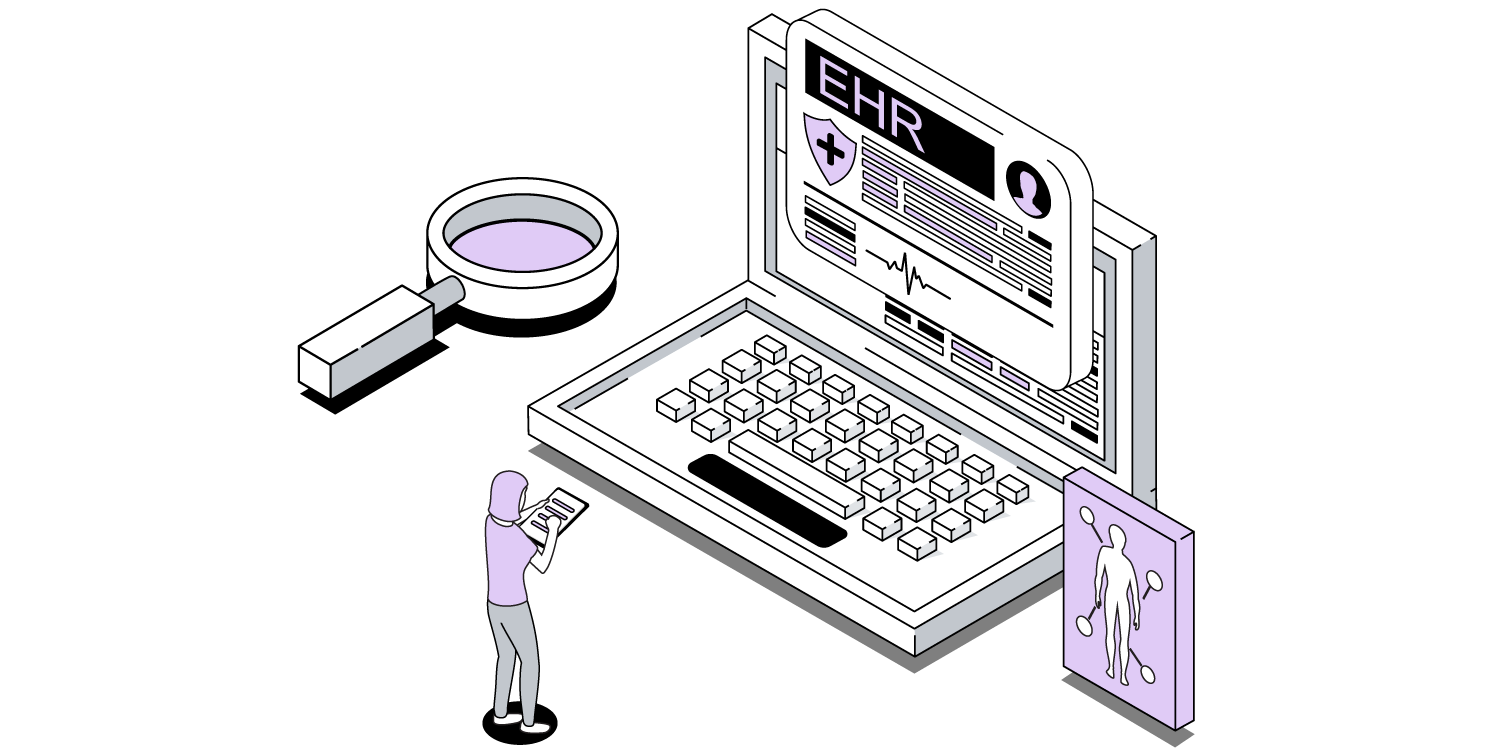Case Study
Lowering the burden of electronic health data exchange
Free ETOR system for public lab data exchange

The client
U.S. Centers for Disease Control and Prevention – Office of Laboratory Systems and Response
CDC Trusted Intermediary (aka CDC ReportStream Intermediary Services)
Challenge
Public Health Laboratories across the US provide many services, one of which is lab testing for a variety of conditions. For the most part, sending a lab order to a Public Health Lab is a manual, paper process, requiring multiple rounds of data entry at multiple points. This process is slower than it needs to be and can result in data quality errors. This also delays the receipt of test results, which is unwanted in the case of potentially life-threatening illnesses.
One way to help alleviate these issues is to create a low-burden, low (or no) cost intermediary solution that can act as a data exchange hub for electronic orders and electronic results. This intermediary can help bridge the gap between differing data formats and different mechanisms of connectivity.
Our approach
We worked with our CDC stakeholders to determine the use case for building the intermediary services and settled on providing initial support for Newborn Dried Blood Spot screening. This is a federally mandated set of screening tests that are performed for all births in the United States. To fully understand the current manual processes involved in this testing, we collaborated with our initial implementation partners in three different states. This incorporated working with Public Health Labs (PHLs), hospitals, Lab Information Management System (LIMS) vendors, and Electronic Health Record system (EHR) vendors. Together we:
- Performed user research with birthing nurses at hospitals to understand the human side of the process
- Had conversations with health informatics experts and information systems experts at hospitals to understand what the lab test order data looked like
- Performed user research with PHL employees to understand the lab process for how they ingest orders and perform data entry
- Worked with health informatics experts at the PHLs to understand what lab result data looked like
- Collaborated with EHR vendor specialists and LIMS vendor specialists to understand how the IT systems could integrate and what the expectations of the vendor systems would be
- Worked with representatives from all partners to determine what order and result data should look like for each state
At the same time, we worked with another team at the CDC to determine how the intermediary services would fit into the larger ReportStream platform. Our goal was to build the intermediary services to use ReportStream platform services while remaining decoupled and highly testable. We were able to achieve this with close collaboration with the ReportStream team.
As we moved forward with the intermediary development, we worked on small pieces of functionality at a time, ensuring a high level of testing and quality at each step.
Technology stack
Outcomes
As a result, the CDC ReportStream Intermediary Services product turned out to be a highly configurable solution that seamlessly integrates with hospital and PHL systems to send and receive lab test orders and lab test results efficiently. With HL7v2 format compatibility and flexible integration options, including REST over HTTPS and SFTP, the solution ensures interoperability across diverse healthcare infrastructures.
Organizations can streamline data exchange via a single REST API or alternatively, opt for a service that will read data from a partner-hosted SFTP site automatically. Likewise, lab results are securely delivered via a partner-hosted REST API or an SFTP site managed by the CDC or its partners.
The intermediary provides configurable custom transformations and validations of data to ensure that it matches the requirements of both senders and receivers. Thus, by simplifying data exchange and automation, this solution enhances efficiency, accuracy, and connectivity, ultimately strengthening public health reporting and response.
This public, open-source solution is available at no cost. This will significantly reduce the burden of a hospital system requiring only a single connection to the intermediary for sending data to any PHL, eliminating the need for internal data transformations for each receiver. Likewise, a PHL significantly benefits from this by avoiding manual entry via paper, fax, or email. The PHL now has to maintain only one connection to the intermediary rather than maintaining multiple hospital integrations or transformation processes.
Ready to change the way you’re doing business?
Contact us to talk about how Flexion can help your organization boost productivity.
A proud AWS partner.

